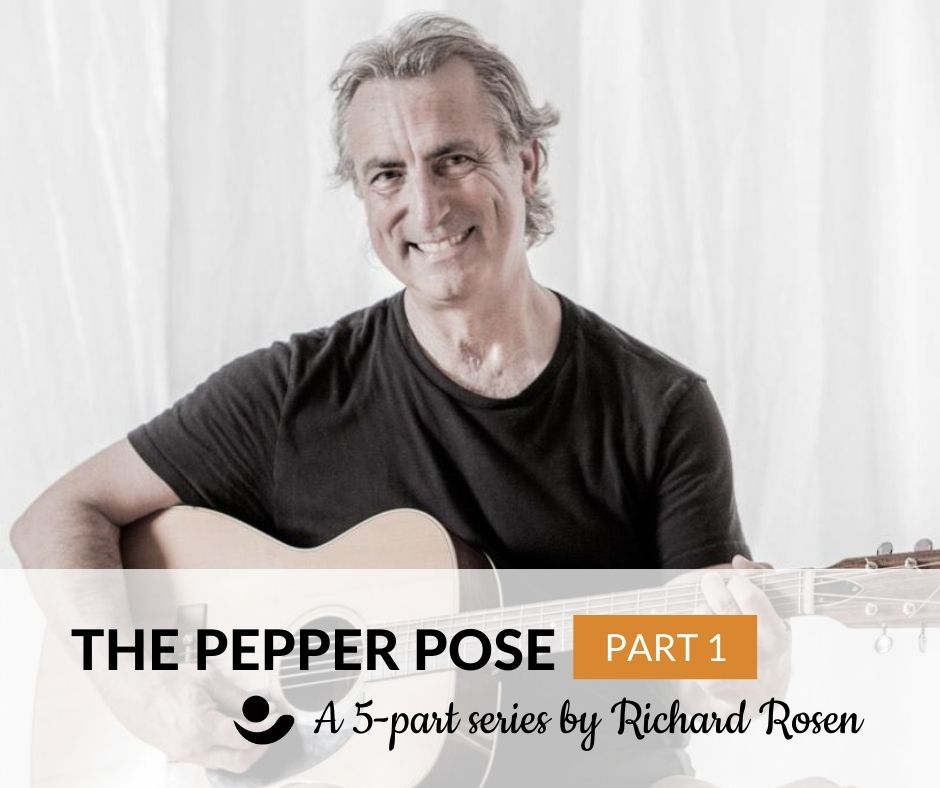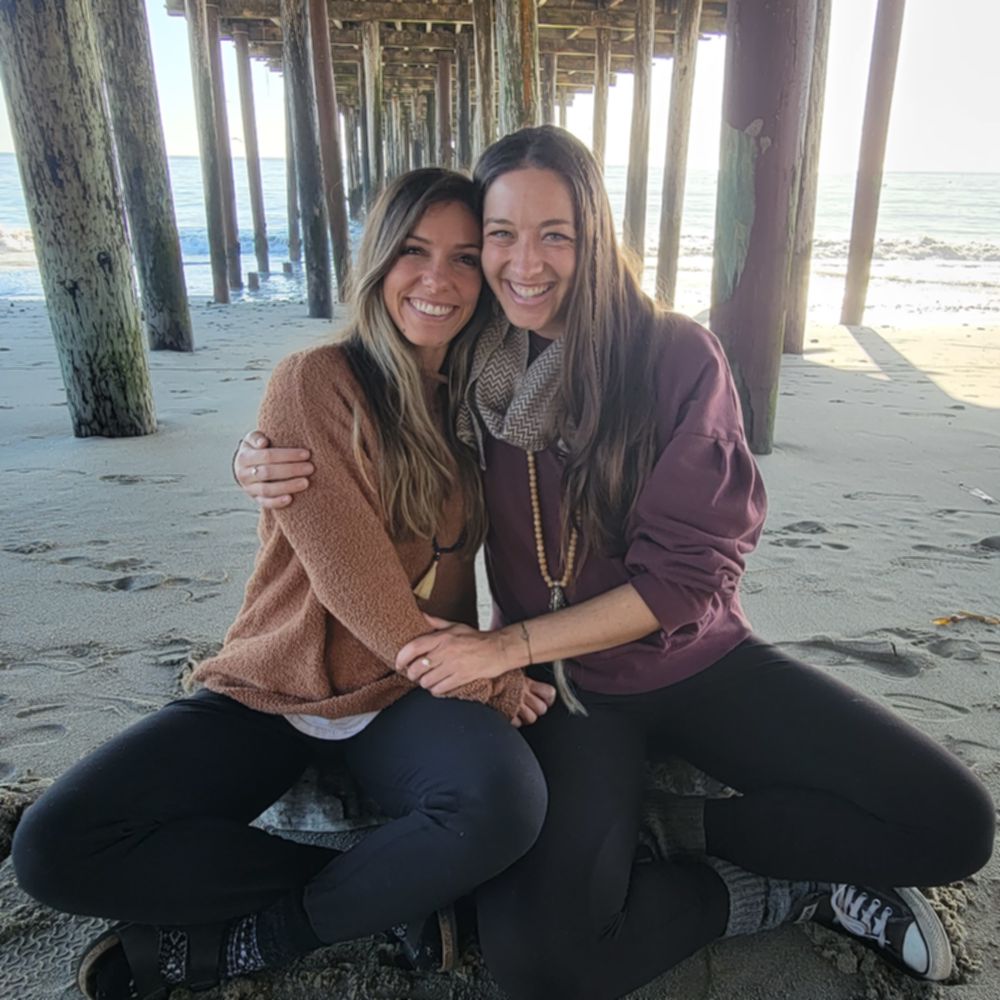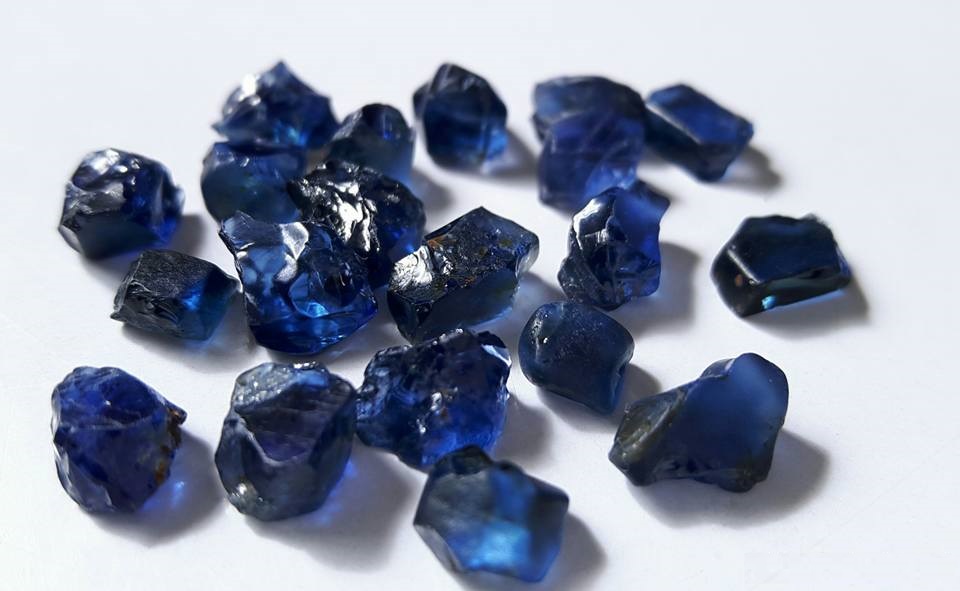Six hundred years ago, in medieval Europe, pepper was literally worth its weight in gold. That’s because it (along with other spices) was a valued seasoning but extremely hard to come by. Why? Pepper came from India and the Far East, but Europeans hadn’t yet figured out how to get there by sea. So the spice trade was conducted over land, funneled through the Middle East, where Muslim merchants controlled the traffic and, as middlemen, drove the price of pepper sky high. Only the wealthiest of the European wealthy could afford pepper, which was sometimes used as currency or collateral – even today in England, “peppercorn rent” is a legal term. Naturally, the Europeans wanted a cheap source of pepper, so they decided to find a way to sail to India and eliminate the middlemen.
You may remember from your history class a Genoese sailor by the name of Christoffa Colombo, better known today as Christopher Columbus. He had it in his head that if he sailed West across the Atlantic that he’d eventually reach the East and India. Not a completely crazy idea, but it had a couple of problems the way Columbus did it. One, he didn’t realize a huge land mass blocked his way; and two, he miscalculated the size of Earth, believing it much smaller than it actually is. Even if North America hadn’t been in his way, the small ships he was sailing – the decks were about the size of a tennis court – could never have packed the supplies needed for the voyage.
We all know what happened. Columbus reached the Caribbean and decided the islands he’d “discovered” were just off the Indian coast, so he named the unfortunate inhabitants “Indians” and their sacred chilies “pepper.”
The Portuguese took a different route. For much of the 15th century, they worked their way south along the West African coast, intending to sail around the southern tip of the continent, then east across the Indian Ocean. Along the way, they discovered a profitable new business, trading in slaves, not one of the more glorious chapters in their history. Finally in 1488, Bartolomeu Dias rounded the Cape of Good Hope (which he originally named the Cape of Storms) and headed east, only to be turned back (as Alexander the Great, on the figurative doorstep of India, had been 1800 years earlier) when his men rebelled and refused to sail further. The first successful European sea voyage to India was completed 10 years later by a ruthless Portuguese sailor named Vasco da Gama. The trip took a leisurely 10 months. When asked why he came, da Gama was supposed to have exclaimed, “Spices… and Christians.”
Once the Portuguese had their foot in the door, other European powers followed. The English arrived in India early in the 17th century in the form of the fledgling East India Company. From its humble beginnings, over the next 150 years, the EIC grew to be the first multinational corporation in the world, and, by 1780, was the de facto government of large areas of northern and eastern India. By the way, those ships in the Boston harbor were raided by Americans disguised as “Indians,” who dumped tons of Indian tea into the water and today are remembered as the Boston Tea Party and “no taxation without representation” (glad that one stood the test of time)? Yep, they belonged to the EIC. One of the “Indians” liberated an EIC flag, red-and-white horizontal stripes and a blue rectangle in one corner – sound familiar? It served as the model for the new flag of the United States, and no, sorry, historians now say that Betsy Ross, an upholsterer, didn’t sew it. What has all this got to do with Yoga? You’ll have to tune in next time to find out.

















